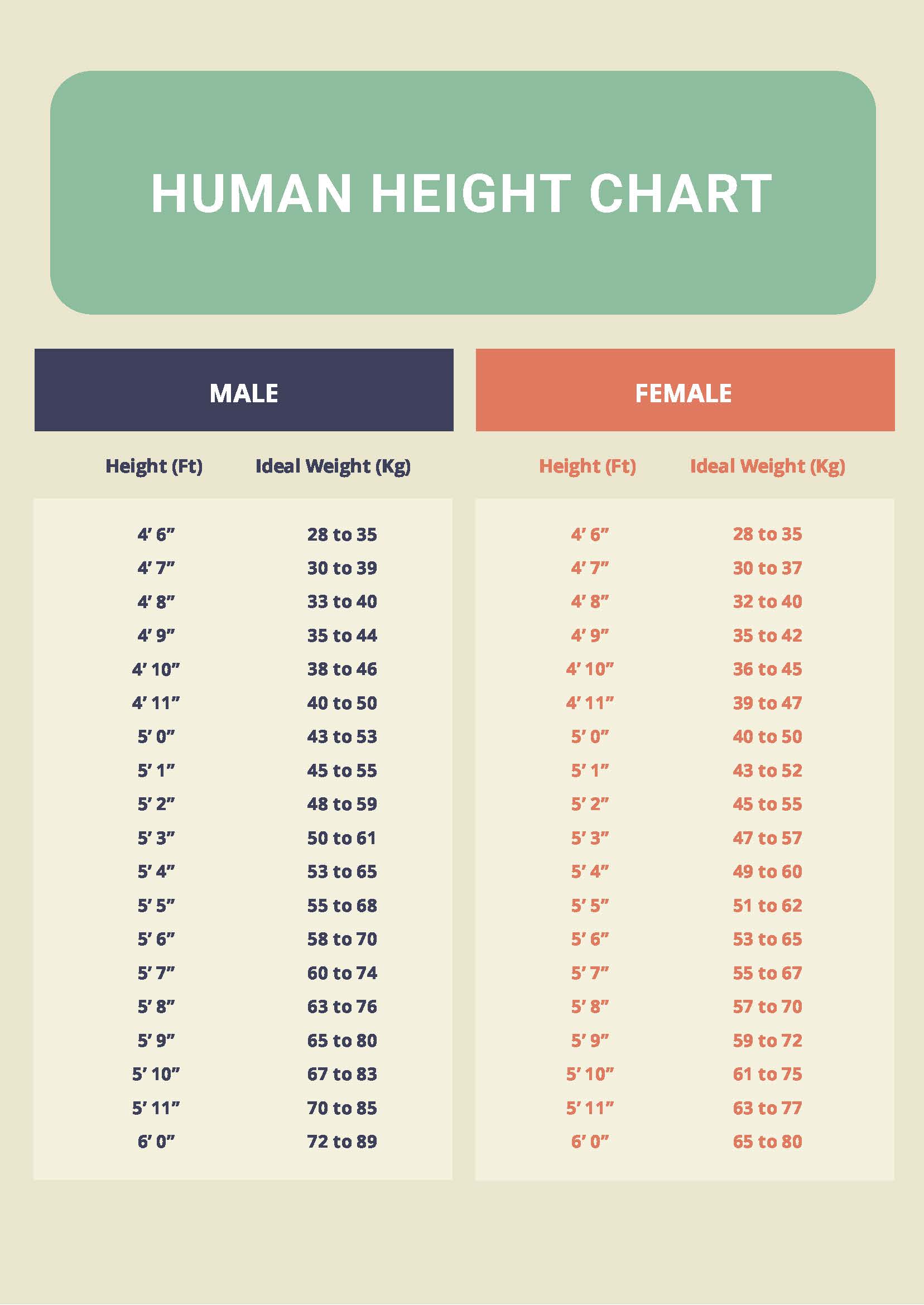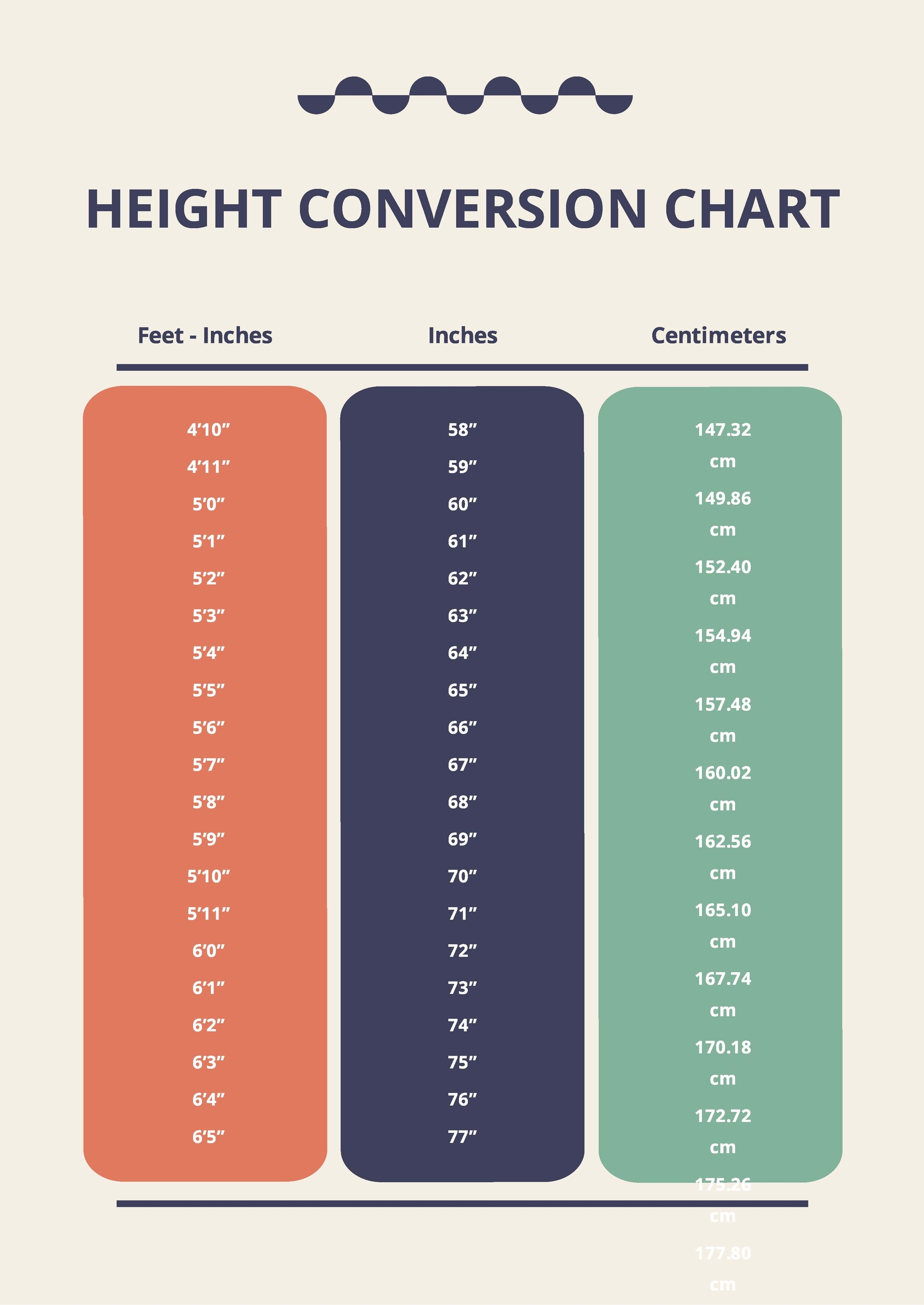Detail Author:
- Name : Mr. Deontae Hermiston Jr.
- Username : estefania75
- Email : oborer@hackett.com
- Birthdate : 1973-11-20
- Address : 603 Rubye Light Apt. 387 South Tyson, ID 20618-8994
- Phone : +1-678-565-6409
- Company : Ziemann, Schaefer and Feest
- Job : Home Entertainment Equipment Installer
- Bio : Et unde recusandae unde veritatis sed sunt. Quidem et adipisci sapiente nam. Rerum assumenda porro et. Reiciendis quidem aut nihil officia maxime omnis error.
Socials
facebook:
- url : https://facebook.com/quincy_xx
- username : quincy_xx
- bio : Omnis velit laudantium sed qui. Non magni distinctio voluptate similique.
- followers : 5877
- following : 981
linkedin:
- url : https://linkedin.com/in/quincy.crona
- username : quincy.crona
- bio : Sunt sint aut molestiae totam earum.
- followers : 5967
- following : 125
tiktok:
- url : https://tiktok.com/@quincy_crona
- username : quincy_crona
- bio : Ea non illo suscipit laboriosam et sed. Beatae quas id molestias modi.
- followers : 5051
- following : 359
When we think about public figures, like say, Rita Ora, there's often a natural curiosity about various aspects of their lives, and sometimes, even simple details like their physical stature come up in conversation. People, you know, just tend to wonder about these sorts of things, maybe how tall someone stands, or how they carry themselves. It's a common human trait, really, to be interested in the people who are in the public eye, and that includes getting a sense of their overall presence, which a person's height certainly contributes to, in a way. So, while we're not here to give you precise figures for everyone, we can certainly talk about how we describe such things, and what goes into measuring and talking about how tall someone is, or how tall anything is, for that matter, using some interesting ideas from our own explorations of language and measurement.
It's actually pretty interesting, when you get right down to it, how we go about putting words to something as straightforward as a person's vertical extent, or the dimensions of an object. You see, there are specific ways we usually write down these kinds of measurements, especially when we're not using quick shorthand. For example, if you're talking about a box, you'd probably mention its height, its length, and its width, and sometimes, those last two terms, width and depth, they're pretty much interchangeable, which is a little quirky, isn't it? It just goes to show that even simple descriptions have their own little quirks and customs.
We often use clear numbers for measurements, and we spell out the units, like inches or feet, when we're talking about how deep something is, or how tall, or how long. And then there are those little connection marks, called hyphens, that we put in between words when they work together to describe something right before a noun. It's all part of making sure we're clear when we're trying to communicate something as basic as size or stature, whether it's about a person or, you know, a piece of furniture, or even a building, really.
Table of Contents
- How Do We Talk About Someone's Stature?
- What's the Story - Or Floor - When Describing Vertical Extent?
- When Is Knowing a Measurement, Like a Boat's Height, Truly Helpful?
- Why Do We Spell and Say "Height" in Such a Peculiar Way?
- Getting a Handle on Dimensions - How We Express Them
- Looking at Measurements Through a Statistical Lens
- The Unique Perspective of Height in Aerospace
- The Curious Case of Pronunciation Differences for Similar Words
How Do We Talk About Someone's Stature?
When we talk about how tall someone stands, or the overall size of an object, there are, you know, some common ways we put those ideas into words. It's not just about saying a number; it's also about how we phrase it, especially if we're trying to be precise without using any kind of shorthand. For example, if you're writing a report or something where abbreviations aren't really welcome, you'd spell out the full words for things like "feet" or "inches" instead of just using "ft" or "in." This makes the text, you know, a bit more formal and clear for anyone who might be reading it, which is pretty much always a good idea.
Then there's the whole business of how we describe three-dimensional objects. If you're picturing a box, you'd naturally think about its various measurements. You've got its vertical reach, which we call height, and then there's its extent from one side to the other, which is its length. And, you know, the measurement across its top, that's usually its width. Interestingly enough, sometimes the words "breadth," "width," and "depth" can be used more or less interchangeably, depending on what you're talking about, or how you're looking at it. It's kind of flexible, in a way, how those terms can shift around.
When we're putting these measurements down on paper, we almost always use actual numbers, like "5" or "10," and then we follow them up by spelling out the units completely. So, you'd write "five feet" instead of "5 ft," or "ten inches" instead of "10 in." This approach helps make sure there's no confusion about what you mean, especially when you're dealing with important descriptions of things like how deep something is, or how tall, or how long it stretches. It's about being really clear, you know, and leaving no room for guesswork, which is rather helpful.
Another little linguistic rule that comes into play here is the use of hyphens. When you have two or more words working together to describe something right before a noun, you often connect them with a hyphen. So, if you're talking about a structure that is "ten stories high," you might write it as a "ten-story-high building." This helps the reader understand that those words are a single descriptive unit, rather than separate ideas. It's a small detail, but it can make a big difference in how easily someone can grasp what you're trying to communicate, honestly.
Considering the Measurement of Rita Ora's Height
So, when we think about someone like Rita Ora, and we consider how to talk about her physical stature, we're really talking about these same principles. We're considering how to state her height clearly, without using abbreviations, spelling out the units, and perhaps even using hyphens if we were to describe her, say, as a "five-foot-six-inch-tall person." The actual numbers for her specific height aren't what we're focused on here, because our information, you know, doesn't include that personal detail. What we're exploring is the way we approach describing such a measurement in general, which is kind of the point, really.
The methods for expressing someone's height are pretty consistent, whether it's a celebrity or anyone else. You'd typically give the number and then the unit, like "centimeters" or "feet and inches." For instance, if someone measures 169 centimeters, people in America, Australia, or Britain would usually say "one hundred sixty-nine centimeters tall." Or, you know, they might convert it to feet and inches if that's their usual way of speaking about it. The goal is always to be easily understood, which is why common phrasing is so important, as a matter of fact.
What's the Story - Or Floor - When Describing Vertical Extent?
It's interesting how language gives us different ways to talk about the same thing, and sometimes, those differences can cause a bit of confusion. Take, for example, the words "floor" and "story" when we're talking about how high up something is in a building. Most people, you know, use "floor" to mean where you actually stand or live within a building. So, you might say, "I live on the 10th floor," which means that's the level where your apartment or office is located, which is pretty straightforward.
On the other hand, the word "story" is typically used as a way to measure the vertical reach of a building itself. So, if you say, "That building is 30 stories high," you're describing its overall height, counting each level as a unit of measurement. It's a distinction that, you know, helps us understand whether we're talking about a specific level someone occupies or the total number of levels a structure contains. Basically, they're not always interchangeable, even though they both relate to height in a building, which is kind of neat.
Thinking About Rita Ora's Building Height
So, if we were to imagine Rita Ora, or anyone really, living in a tall structure, we'd use these terms carefully. You'd say she lives on a certain "floor" if you're talking about her specific residence. But if you're describing the entire building where she might reside, you'd talk about how many "stories" it has. This helps us be clear about whether we're discussing a particular living space or the overall physical dimensions of the building itself. It's a small but significant difference in how we communicate about vertical spaces, really.
People often wonder if "stories" and "floors" are just different words for the same thing, or if they're used differently depending on where you are in the world. And the answer is, you know, they often are used with distinct meanings, even if they sometimes overlap in casual conversation. The more precise usage tends to be that "floor" is where you are, and "story" is a unit of measurement for the building's total height. It's a subtle point, but it helps keep our descriptions accurate, which is pretty important when you think about it.
When Is Knowing a Measurement, Like a Boat's Height, Truly Helpful?
Sometimes, knowing a specific measurement isn't always as useful as you might think, especially when it comes to practical situations. Consider, for example, the height of a boat when it's floating in the water, not counting its masts or anything above the main deck. That particular measurement, you know, isn't usually very helpful for how the boat operates. Knowing that specific height won't tell you if water is going to come in, and it won't help prevent the boat from, say, hitting something below the surface. It's just not the measurement that provides the most relevant information for safe sailing or navigation, as a matter of fact.
What tends to be more important for a boat's operation is the height of its main deck, or perhaps its gunwale, above the water when the ship is at sea. That measurement gives you a better idea of how much freeboard the vessel has, which is much more useful for understanding its stability and how it handles waves. So, it's not just about having a number; it's about having the *right* number, the one that actually tells you something meaningful about the situation. This applies to many things, not just boats, you know, but any kind of measurement we might take.
The Practical Side of Rita Ora's Height Information
Similarly, when we think about the "height of Rita Ora," or anyone's personal height, the usefulness of that information really depends on why you want to know it. For everyday conversation, it might just be a point of curiosity. But in other contexts, like, say, if you're a clothing designer, knowing a person's measurements, including their height, becomes incredibly practical. It helps you create garments that fit well and look good. So, the value of a measurement isn't just in its existence, but in how it helps you accomplish a specific goal, which is pretty much always the case.
It's interesting, too, how different fields have their own specific ways of looking at measurements. In aerospace, for instance, when a rocket is launching, you might hear announcers say things like "height is nominal" or "power is nominal." This means that the values for height and power are within the expected range, or, you know, where they're supposed to be. It's a specialized way of using the word "nominal" to indicate that everything is proceeding as planned, which is a bit different from how we might use "nominal" in everyday speech, really.
Why Do We Spell and Say "Height" in Such a Peculiar Way?
Have you ever stopped to think about why certain words are spelled the way they are, or why they sound the way they do? It's kind of fascinating, honestly. Take the word "height," for example. It used to be spelled with an "ie" in the middle, and "weight" was spelled with just an "i." And if you go back even further, to Middle Dutch, they had "oo" and "i," and in German, it's "ö" and "i." So, the way these words are spelled has, you know, just changed over time. It's a natural process of language evolving, which is pretty cool.
This evolution of spelling isn't unique to "height" and "weight," of course. Many words in our language have shifted their forms over centuries. It just goes to show that language isn't static; it's a living thing that changes and adapts. So, the current spelling of "height" isn't due to some grand logical plan; it's more about how the word has been used and written down by generations of speakers, which is, you know, how languages usually work.
The History Behind "Height of Rita Ora" Descriptions
So, when we talk about something like the "height of Rita Ora," we're using a word that has quite a long history of spelling changes. The way we write "height" today is simply the result of how it has settled over time, not because of some immediate logical connection to its sound. It's a bit like how names evolve, or how fashions change; things just become what they are through common usage and gradual shifts. It's pretty much just how language operates, actually.
This historical journey of words reminds us that language is, you know, a very dynamic thing. The way we express measurements, or even simple concepts, is shaped by centuries of usage and subtle shifts in pronunciation and writing. So, the next time you write down someone's height, or any measurement, you're participating in a long tradition of linguistic development, which is kind of a neat thought, really.
Getting a Handle on Dimensions - How We Express Them
A dimension is basically
- Alyssa Scott Nick Cannon
- Jane Ginsberg
- Know Who You Are Lyrics
- Who Is Hailey Van Liths Boyfriend
- Princess Die


